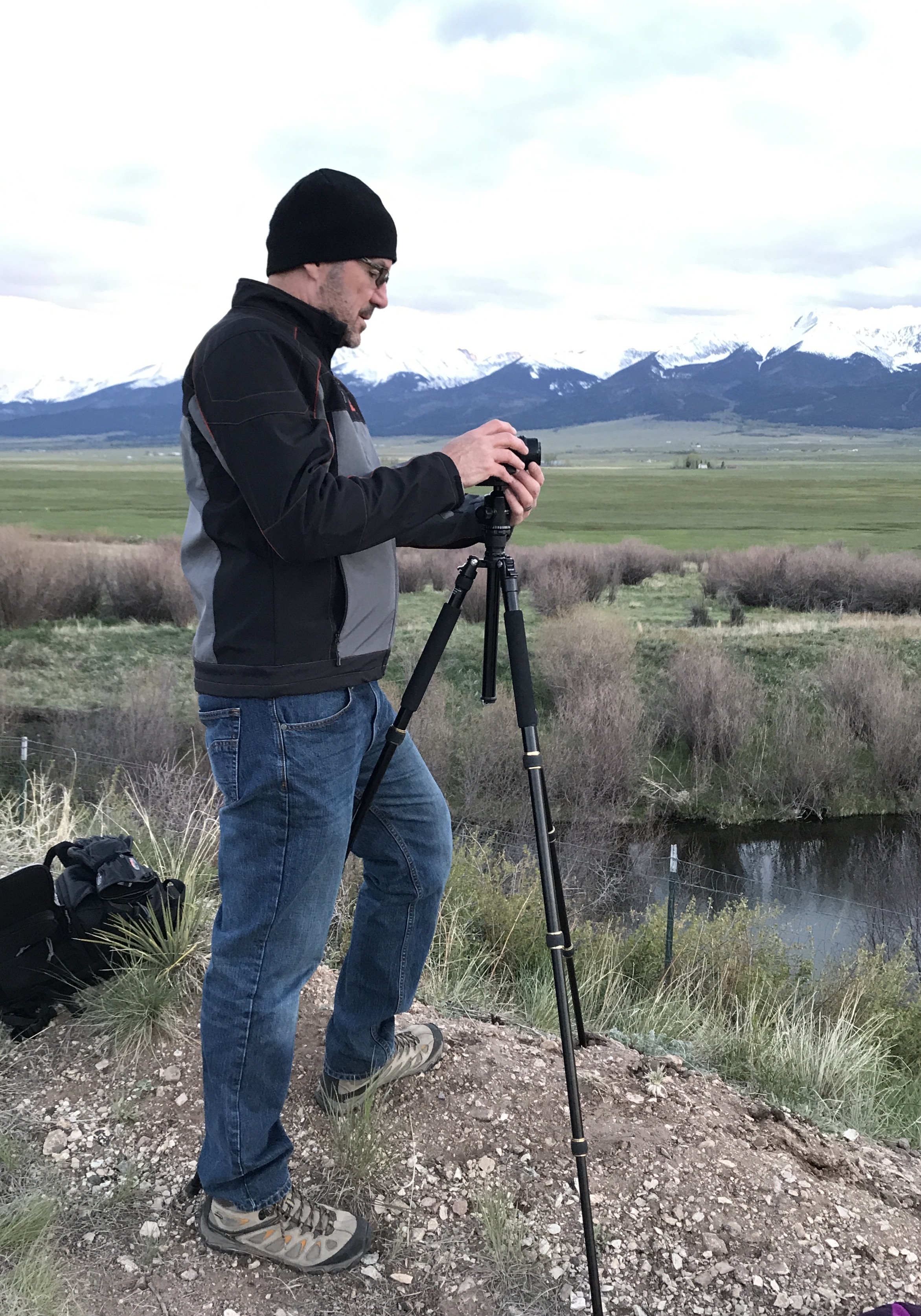Equations and Starlight
- Chris Monnette

- Sep 6
- 3 min read
On friendship, failed photographs, and the quiet joy of learning

This past week I spent three nights in the Indian Peaks Wilderness with my friend Gary. We both have engineering minds, although comparing mine to his is like comparing the Rockies to the hills of Kansas. He has a PhD in mechanical engineering; I barely limped out of VMI with a BS in electrical engineering.
One morning we sat on a fallen log eating our freeze-dried meals, and the conversation drifted to his graduate math classes. Gary laughed about the misery of tensor calculus, how difficult it had been and how he had never once used it in his career. I admitted I had no idea what tensor calculus was, and that I had barely survived differential equations at VMI without ever really understanding what they were for or what problems they were meant to solve.
Over the next several minutes, Gary walked me through how he had used those same equations to model the workings of a rocket motor. I learned more on that log than I ever did in a semester of lectures. I will probably never need to solve a differential equation, but I loved finally understanding what one was and how it could be used to solve real problems.
Learning itself is deeply empowering. Even if the knowledge is never put to use, the act of widening my understanding of the world is a gift.
As I prepared for our hike the week before, I debated whether to bring my camera. Years ago I would haul gear into the mountains for sunrise or midnight Milky Way shots, but I haven’t taken a single photo in more than four years. I let it go as my vision deteriorated. Navigating the camera settings had become too difficult, and switching to AUTO wasn’t an option for the kind of photography I once loved. I thought maybe, with Gary there to push the buttons, we could figure it out together. He seemed genuinely interested, so I strapped eight pounds of camera and tripod onto the thirty-two I was already planning to carry in food and camping gear.
As we stepped out of the car at the trailhead that first day, I hoisted the forty-pound pack onto my back and started the climb toward ten thousand feet, wondering if I was clinging to who I used to be, the guy chasing photos across mountain passes, or simply choosing to share an experience with a good friend.
That night we set up the tripod, pointing the camera into the southeastern sky. With Gary’s help I worked through the camera’s menus, took a few test shots, and waited.
And waited.
The image never came. I had checked the forecasts before we left and thought it would be perfect, but a full moon rose in the south and drowned the faint glow of the galactic center. After years away from the craft, I had made a simple but costly mistake in planning. The stars we hoped to capture were there, but hidden in the glare.
Still, there was something quietly satisfying in that moment: standing in the meadow with Gary, relearning what I thought I had lost. My vision has slipped over the years, and I’ve told myself more than once that I’m no longer capable of real photography. But with Gary beside me, patiently helping, I realized that wasn’t true. Like that conversation on the log about differential equations, it wasn’t about proving myself. It was about discovering that learning and creating are still possible.
Today, as I sit writing about the trip, I feel a tear sliding down my cheek. Not from sadness, but from gratitude for the friends and family who walk this journey with me, and for the moments, from working through math problems on a mountainside to setting up a camera beneath a stubborn full moon, that remind me what life is really about.
Life is not about what I can’t do anymore but about discovering again and again what I still can.




Comments